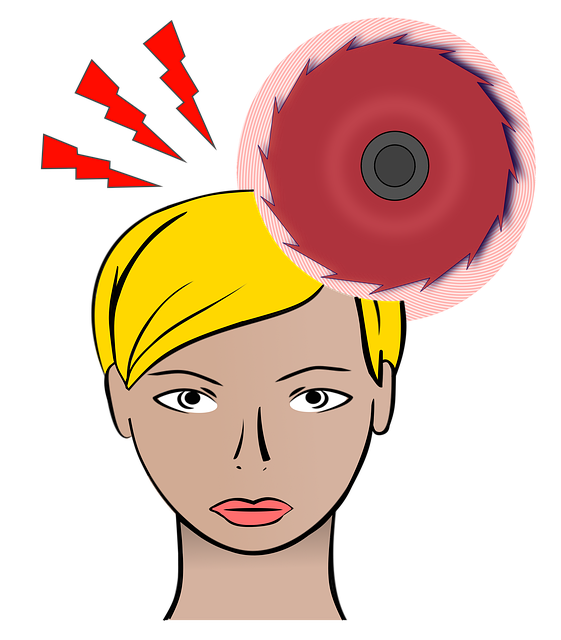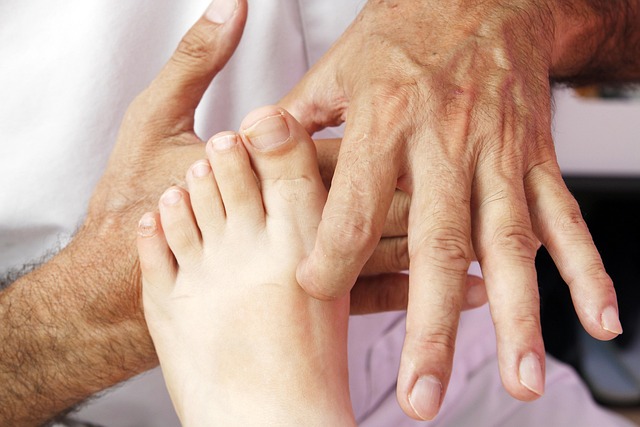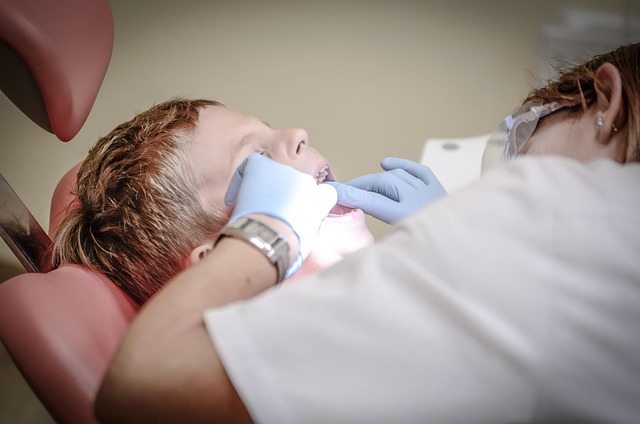Long-term chiropractic rehabilitation after car wrecks focuses on drug-free, natural methods to realign spines and promote self-healing for injuries like whiplash, herniated discs, and chronic joint pain. Personalized treatment plans include manual adjustments, therapeutic exercises, and lifestyle modifications to restore mobility, reduce inflammation, and enhance well-being over time, enabling individuals to regain control and return to active lifestyles while mitigating future injury risks.
After a car accident, long-term injuries can significantly impact mobility. This article explores the crucial role of chiropractic care in restoring movement and enhancing quality of life. We delve into personalized treatment plans tailored for optimal recovery, focusing on strategies that empower individuals to sustain mobility and prevent future injuries. Understanding long-term chiropractic rehabilitation is essential for those navigating the complexities of post-accident health, offering hope and a path to regained independence.
- Understanding Long-Term Chiropractic Care After Car Accidents
- Personalized Treatment Plans for Optimal Recovery
- Strategies for Sustaining Mobility and Preventing Future Injuries
Understanding Long-Term Chiropractic Care After Car Accidents

Chiropractors play a vital role in restoring mobility and healing for individuals who have suffered long-term injuries, particularly from car accidents. After a car wreck, the impact can lead to a range of spinal and joint issues, causing chronic pain and reduced mobility. Long-term chiropractic rehabilitation becomes an essential component of recovery.
Chiropractic care focuses on natural, drug-free methods to realign and adjust the spine, alleviating pressure on nerves and promoting self-healing. Chiropractors develop personalized treatment plans for car accident victims, addressing specific injuries such as whiplash, herniated discs, or chronic joint pain. Regular adjustments and therapy sessions can significantly improve mobility, reduce inflammation, and enhance overall well-being over time. This long-term chiropractic rehabilitation is crucial in helping individuals regain control of their lives and return to their regular activities after a traumatic event like a car accident.
Personalized Treatment Plans for Optimal Recovery

After a long-term injury, such as those sustained in a car wreck, personalized treatment plans are essential for optimal recovery. Chiropractic rehabilitation plays a crucial role in restoring mobility and alleviating pain for individuals dealing with lasting effects of accidents. These tailored programs consider each patient’s unique needs, addressing specific injuries and areas of discomfort. Chiropractors employ various techniques, including manual adjustments, therapeutic exercises, and lifestyle modifications, to promote healing and enhance overall well-being.
One of the advantages of long-term chiropractic rehabilitation is its ability to provide sustainable solutions. By focusing on the root causes of pain and immobilization, patients can regain control over their bodies and improve their quality of life. This personalized approach ensures that recovery progresses at a comfortable pace, reducing the risk of further injuries or setbacks. As a result, individuals can rebuild their strength, flexibility, and range of motion, enabling them to resume daily activities and, in many cases, return to active lifestyles after a car wreck.
Strategies for Sustaining Mobility and Preventing Future Injuries

Maintaining mobility and preventing future injuries are critical components of long-term chiropractic rehabilitation, especially following a car wreck. Beyond traditional chiropractic adjustments, a holistic approach incorporating exercises focused on strengthening muscles around the affected areas, improving flexibility, and enhancing core stability can significantly reduce the risk of re-injury.
Integrating regular stretching routines, targeted strength training, and balanced conditioning activities into daily life helps restore proper joint function and supports sustained mobility. Chiropractic professionals often play a pivotal role in guiding individuals through these exercises, tailoring them to their specific needs and progress. Additionally, adopting preventative measures like ergonomic assessments for work environments and utilizing supportive equipment during physical activities can further mitigate the risk of future injuries.
Restoring mobility after a long-term injury, especially from a car accident, requires a comprehensive approach. By understanding the nuances of long-term chiropractic care and personalized treatment plans, individuals can achieve optimal recovery. Implementing strategies to sustain mobility and prevent future injuries is crucial for a lasting, active lifestyle. Long-term chiropractic rehabilitation after car wrecks offers hope and a path to regained independence through dedicated care and tailored strategies.














